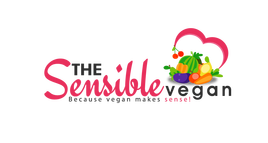|
Milk. Many people say they absolutely cannot live without it. A vast number of people are allergic to it. It has been an ongoing topic of debate. While many physicians and nutritionists sing its praises, there is a growing population that believe differently. I cannot remember which documentary I was watching, but the narrator made a bold statement that really struck a chord with me, "Humans are the only species that regularly drink the milk of another animal." Lambs drink milk from their mother. Piglets drink milk from their mother. Foals drink milk from their mother. Babies drink milk from their mother. Calves suckle or drink milk from their mother. Webster's dictionary defines suckling as "a young unweaned animal." It also defines wean as "to start feeding (a child or young animal) food other than its mother's milk." When a baby or young animal suckles or breastfeeds, a bond is created between the mother and the child or baby animal. The mother's milk provides nutrients that are vital for growth and development. Although this is a known fact, calves of dairy cows face a harsh reality every single day. According to Science Daily, early separation of cow and calf has lasting, negative effects. Although the milk from the mother should be for her calf, it is taken almost immediately to be processed for human consumption. "Calves of dairy cows are generally separated from their mothers within the first 24 hours after birth. The majority of the milk thus enters the food market and not the stomachs of the calves." In a study published in the journal Applied Animal Behaviour Science, the harsh outcomes of removing a calf from its mother is further examined. This process produces stress and anxiety in both the mother and the calf. "Drinking milk is a big tradition in Austria. The country produces 3.4 million tons of milk a year. To help achieve this volume, dairy cows are typically separated from their calves just a few hours after giving birth. The calves are then fed milk or milk substitute via bucket or from an automatic feeder. The amount of milk the calves receive is usually much less than they would drink from their mothers. Calves and cows are therefore unable to form a relationship. After a few days or weeks in single housing, the young animals are usually transferred to a calf group." The USDA states that more than 200 billion pounds of milk are produced per year--milk that is intended for calves of course. I researched the lives of dairy cows, and I am truly appalled by an industry that deliberately gets a female pregnant, allows her to give birth, greet, and begin to bond with her newborn, remove her baby—and in most cases send her calf to be slaughtered before they have even experienced a week of life.
0 Comments
Your comment will be posted after it is approved.
Leave a Reply. |
About Tabatha JamesTabatha James is a wife, mom, and children's book author navigating her way through a vegan way of life! Vegan Archives
February 2024
Vegan Categories
All
|

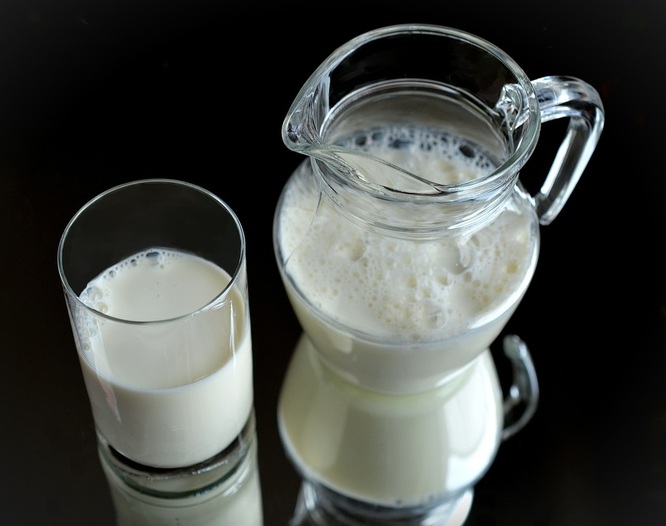
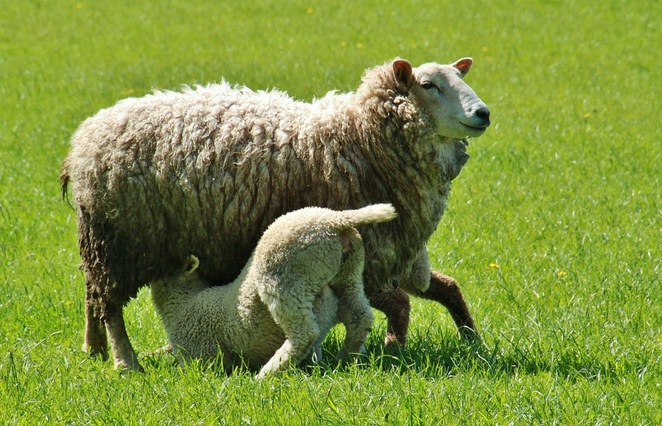
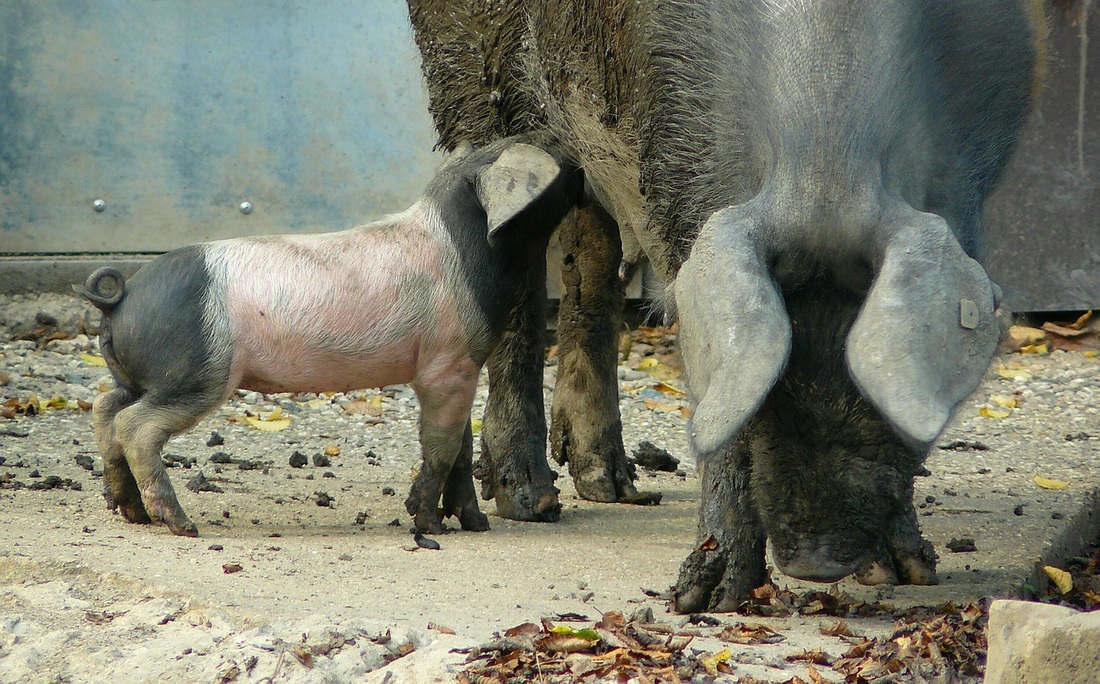
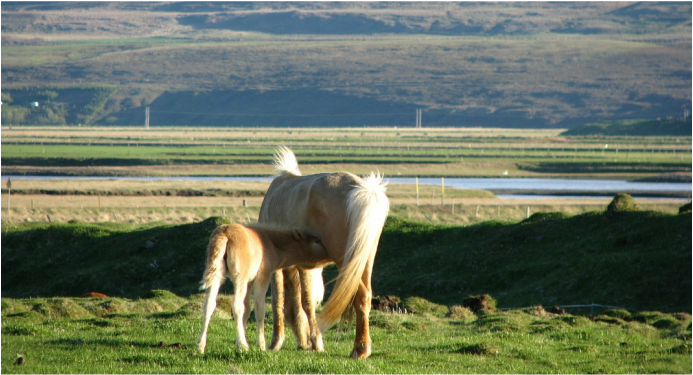
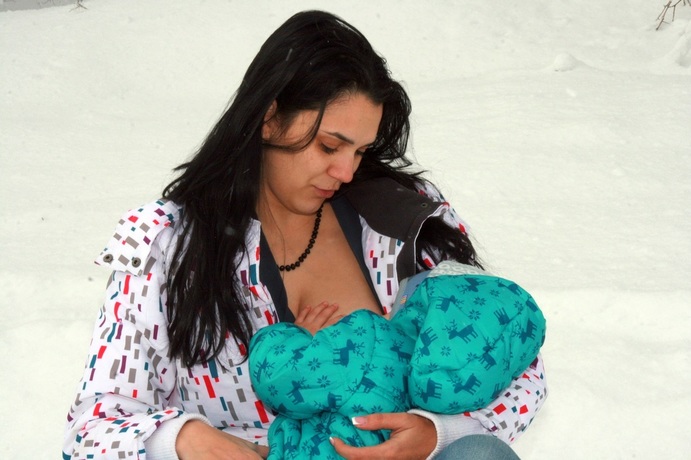
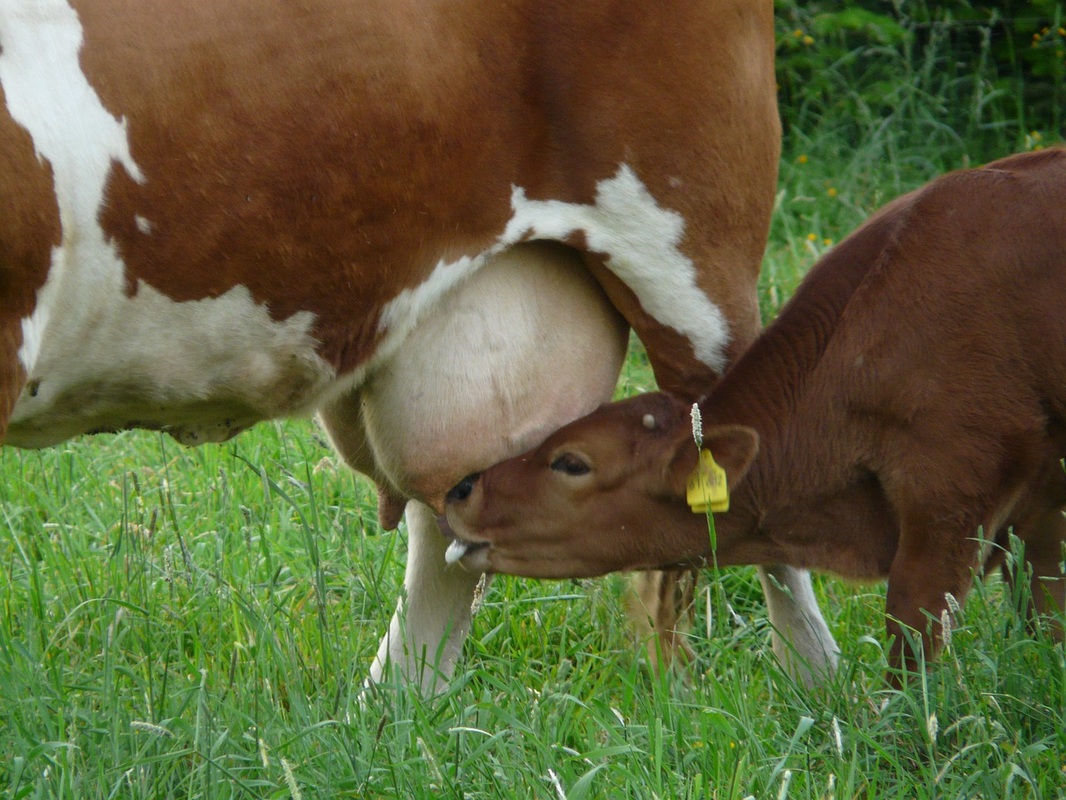
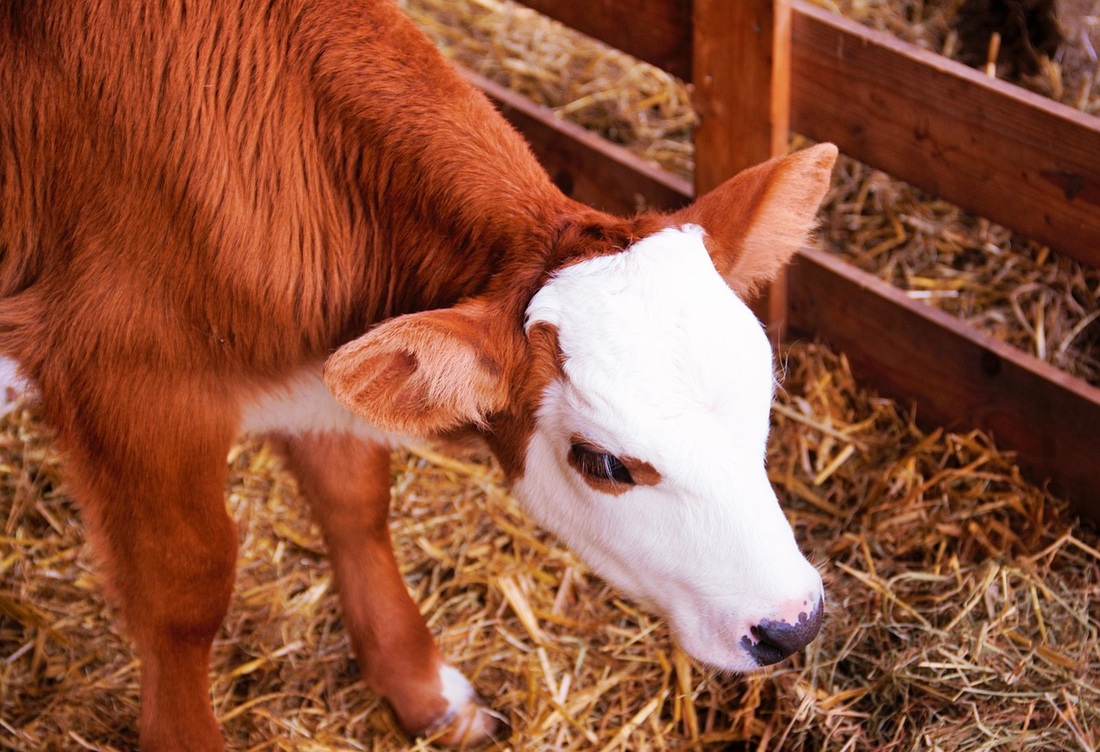
 RSS Feed
RSS Feed
